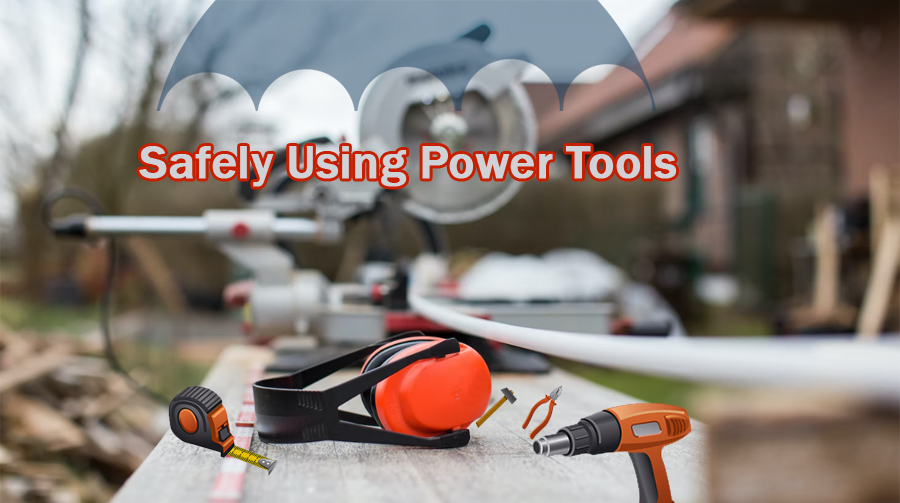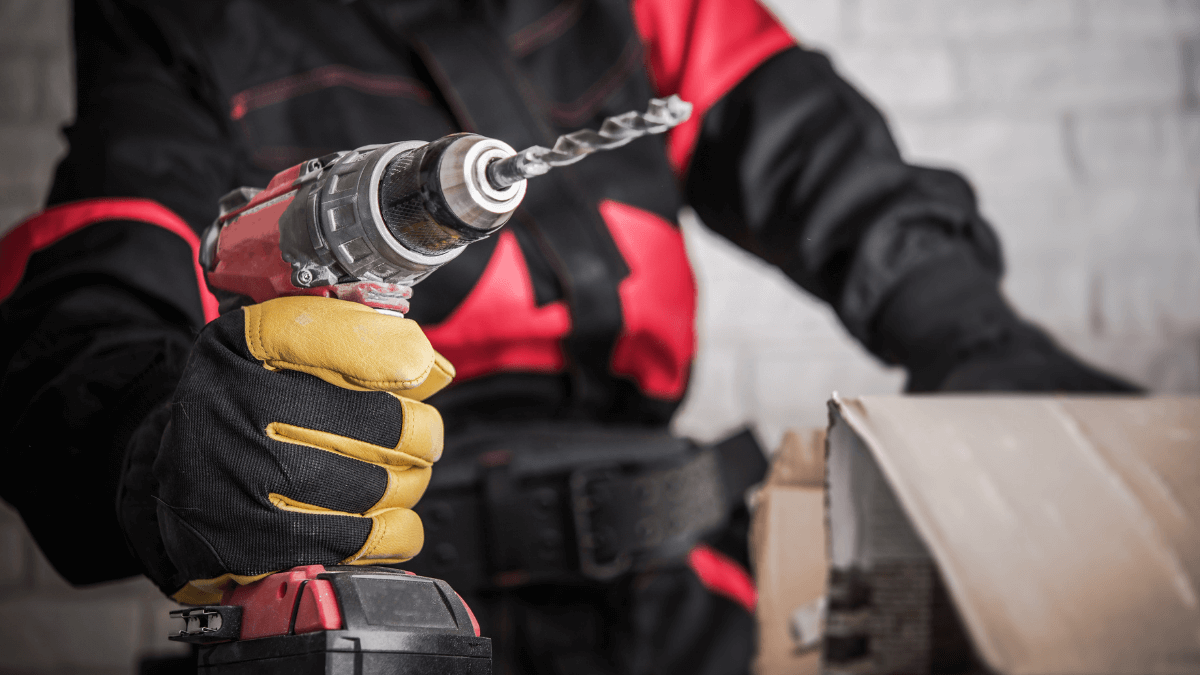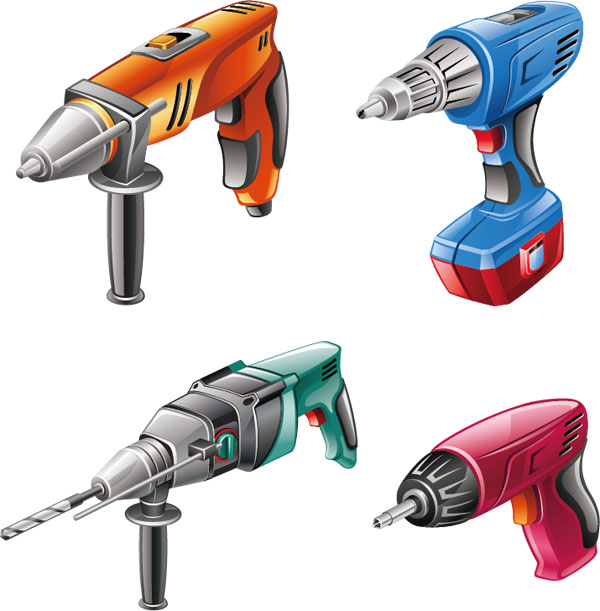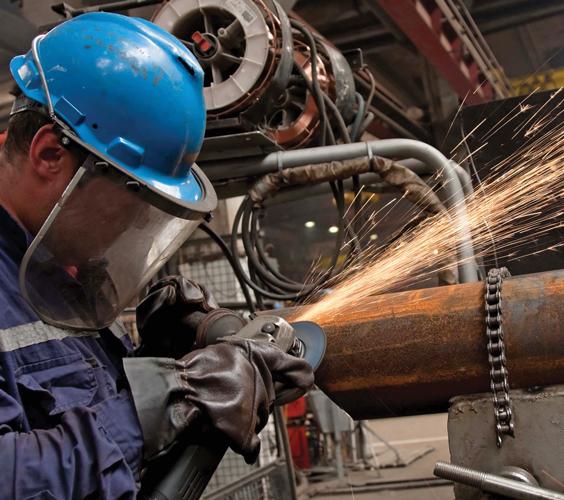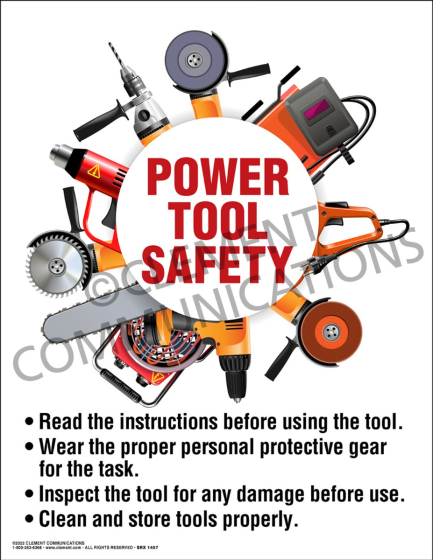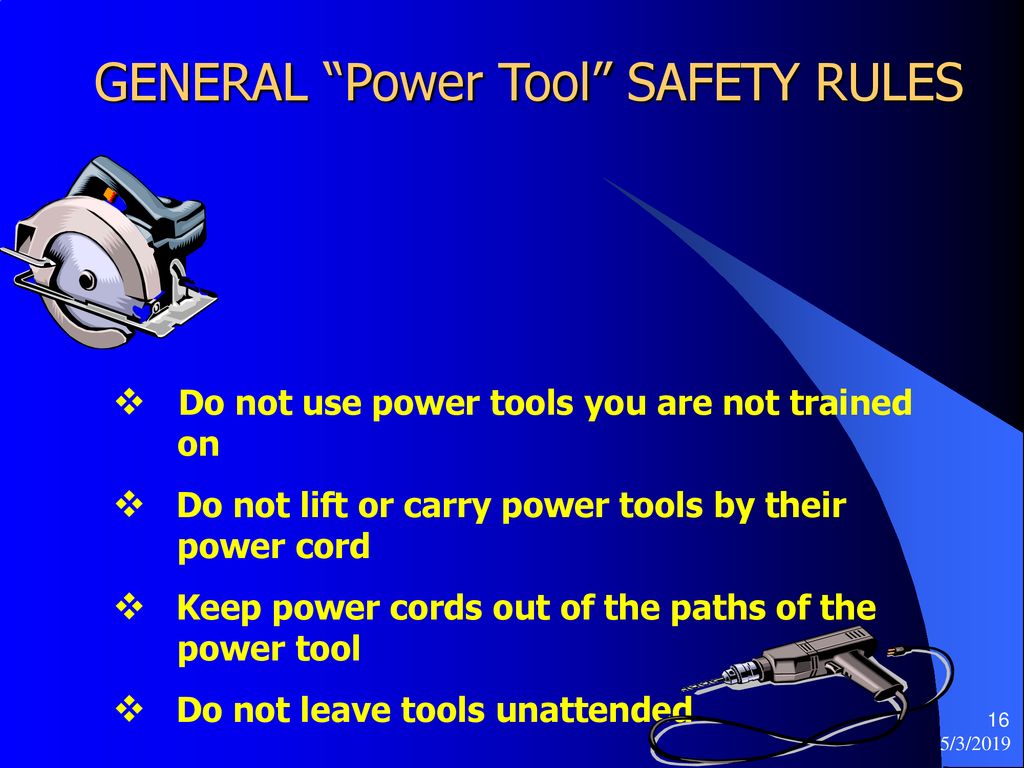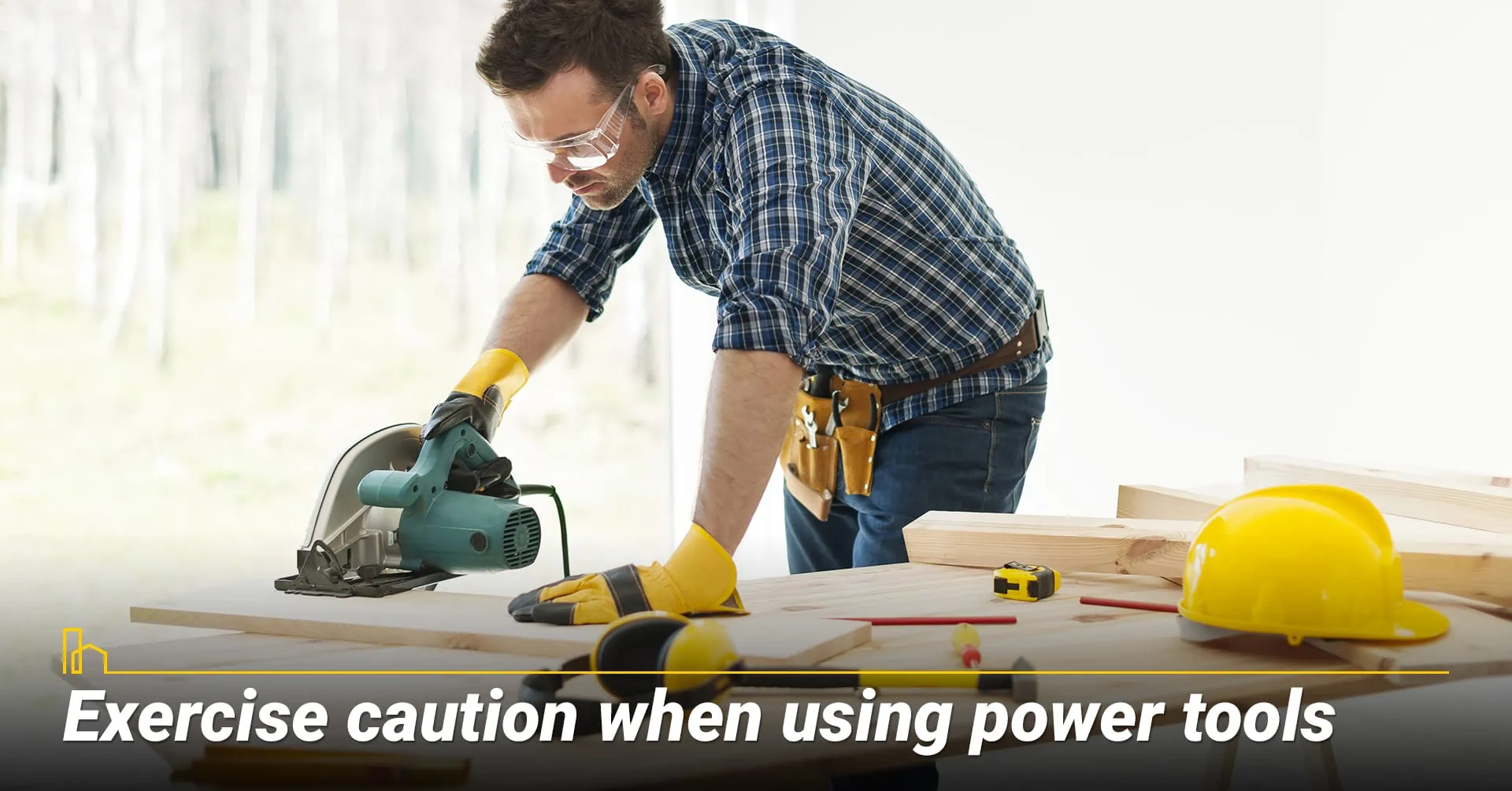Which Is Acceptable When Using Powered Tools
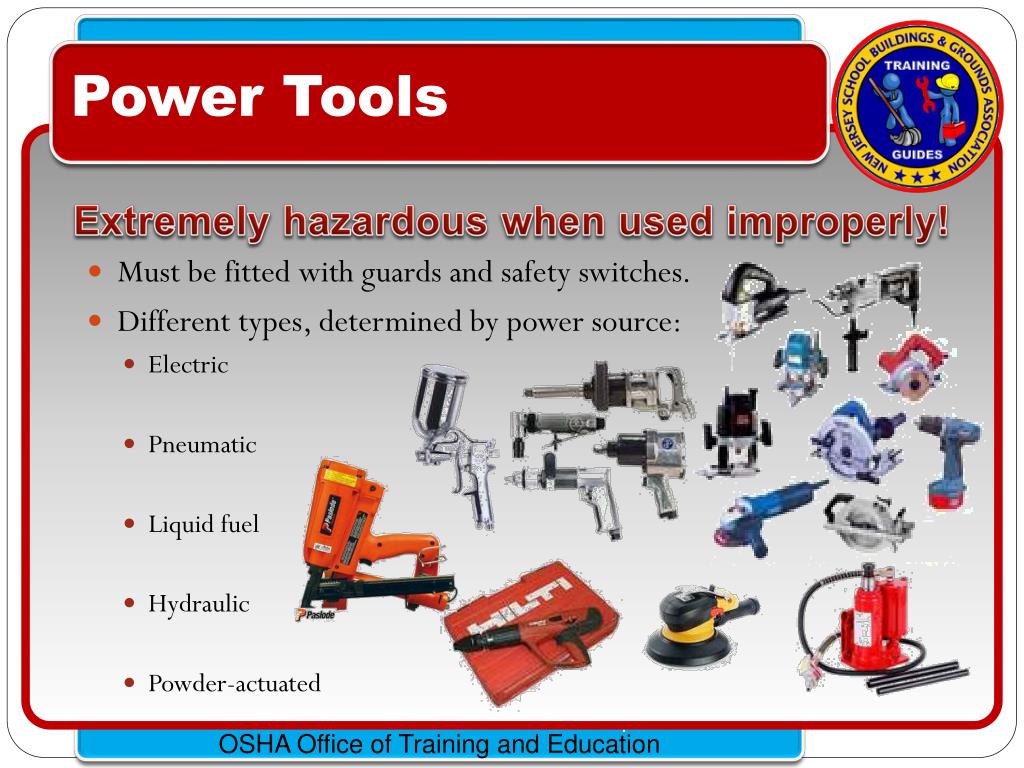
The workshop hummed with a symphony of purposeful sounds: the rhythmic whir of a drill, the smooth rasp of a sander, the focused snarl of a circular saw. Sunlight streamed through the dusty windows, illuminating swirling particles of sawdust dancing in the air. But beneath the surface of creation, a quiet debate often lingered in the minds of woodworkers, DIY enthusiasts, and construction professionals alike: when exactly is it okay to use powered tools, and when should we opt for the quiet grace of hand tools?
This isn't just a question of preference; it's about safety, efficiency, the quality of the final product, and, increasingly, respecting the environment and our neighbors. Understanding the nuances of when powered tools are acceptable—and when they're not—is crucial for anyone working with wood, metal, or other materials.
The Rise of Power: A Historical Perspective
Before the advent of electricity and internal combustion engines, hand tools reigned supreme. Generations of artisans honed their skills, crafting intricate pieces with chisels, saws, and planes, driven by muscle power and a deep understanding of their materials. Think of the meticulous joinery in ancient cathedrals or the delicate carvings on antique furniture – all testament to the power of human skill and simple tools.
The Industrial Revolution changed everything. Powered tools emerged, offering speed, precision, and the ability to tackle large-scale projects with unprecedented efficiency. Factories adopted these technologies, driving down costs and making mass-produced goods available to a wider population.
However, this shift wasn't without its drawbacks. The relentless pace of industrial production often prioritized speed over quality, and the loss of traditional skills became a concern. The reliance on powered tools also raised questions about environmental impact and noise pollution.
Weighing the Advantages: When Power Tools Shine
Powered tools offer undeniable advantages in certain situations. For large projects demanding repetitive tasks, such as framing a house or building a deck, power tools can save significant time and labor. A circular saw can make quick, precise cuts through lumber, while a power drill can drive screws with consistent torque.
Furthermore, certain materials are simply too difficult to work with using hand tools alone. Cutting thick metal, for instance, is much easier and safer with a powered angle grinder or metal-cutting saw. The sheer power and speed of these tools make them indispensable for many industrial and construction applications.
Powered tools also offer increased precision in some cases. Laser levels and digital calipers provide accurate measurements, while plunge routers and CNC machines can create intricate designs with repeatable accuracy. This level of precision is essential for many modern manufacturing processes.
The Case for Hand Tools: Embracing the Art of Craft
Despite the advantages of powered tools, hand tools still hold a vital place in woodworking and other crafts. They offer a level of control and sensitivity that powered tools simply cannot match. A skilled woodworker can feel the grain of the wood beneath their chisel, adjusting their technique to achieve a perfect cut.
Hand tools are also quieter, cleaner, and more environmentally friendly. They don't require electricity or gasoline, reducing your carbon footprint and minimizing noise pollution. This is especially important in residential areas or when working on delicate projects that require a peaceful environment.
Moreover, using hand tools can be a deeply rewarding experience. It fosters a connection with the material and the craft, allowing you to slow down and appreciate the process. The satisfaction of creating something beautiful and functional with your own hands is unparalleled.
The Noise Factor: Respecting Your Neighbors and Yourself
One of the biggest drawbacks of powered tools is noise. The incessant roar of a leaf blower, the piercing shriek of a circular saw – these sounds can be incredibly disruptive, especially in densely populated areas. Many municipalities have noise ordinances that restrict the use of powered tools during certain hours.
Beyond legal considerations, it's simply a matter of being a good neighbor. Consider the impact of your noise on others, especially those who work from home, have young children, or simply value peace and quiet. Whenever possible, opt for hand tools or quieter alternatives, such as battery-powered tools with noise-reduction features.
Remember also to protect your own hearing. Prolonged exposure to loud noises can cause permanent hearing damage. Always wear earplugs or earmuffs when using powered tools, even for short periods of time.
Safety First: A Paramount Consideration
Safety is paramount when working with any tool, whether powered or manual. Powered tools, however, pose a greater risk of injury due to their speed and power. Always read and understand the manufacturer's instructions before using a power tool. Wear appropriate personal protective equipment (PPE), including safety glasses, gloves, and a dust mask.
Keep your work area clean and well-lit. Avoid distractions, and never operate power tools when you are tired or under the influence of drugs or alcohol. Regularly inspect your tools for damage, and replace any worn or broken parts immediately. And above all, use common sense.
Hand tools, while generally safer than power tools, still require caution. Use sharp tools, and maintain them properly. Always cut away from yourself, and keep your fingers out of the path of the blade. Take breaks when needed to avoid fatigue, which can increase the risk of accidents.
The Hybrid Approach: Finding the Right Balance
Ultimately, the choice between powered and hand tools is not an either/or proposition. The most effective approach is often a hybrid one, combining the speed and power of machines with the precision and control of hand tools. Use a power saw to rough-cut lumber, then refine the joints with a hand plane. Employ a drill to create pilot holes, then finish the job with a hand screwdriver for a more delicate touch.
This approach allows you to take advantage of the strengths of both types of tools, resulting in a more efficient and enjoyable workflow. It also allows you to develop a deeper understanding of your materials and your craft.
By learning to use both powered and hand tools effectively, you can expand your skills, improve the quality of your work, and create a more sustainable and rewarding experience.
A Reflection on Craft: The Enduring Appeal
The debate between powered and hand tools reflects a broader tension in our modern world: the desire for speed and efficiency versus the value of craftsmanship and connection. While powered tools have undoubtedly transformed the way we work, there's a growing appreciation for the slower, more deliberate approach of hand tools. This isn't just about nostalgia; it's about reclaiming a sense of control, purpose, and connection in a world that often feels increasingly disconnected.
Whether you're a seasoned professional or a weekend hobbyist, consider the choices you make when selecting your tools. Think about the project at hand, the materials you're working with, and the impact your work will have on yourself and others. By making informed decisions, you can create beautiful and functional objects while respecting the environment and preserving the art of craft. In the end, the "right" tool is the one that allows you to express your creativity, hone your skills, and connect with the world around you in a meaningful way.
